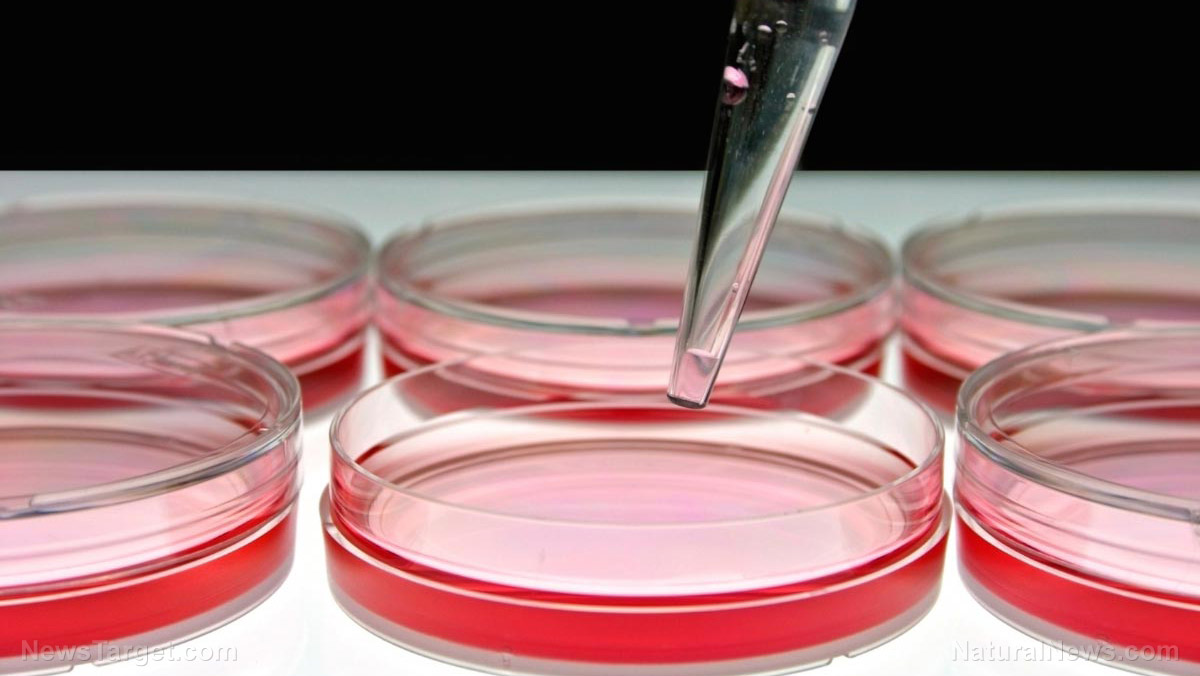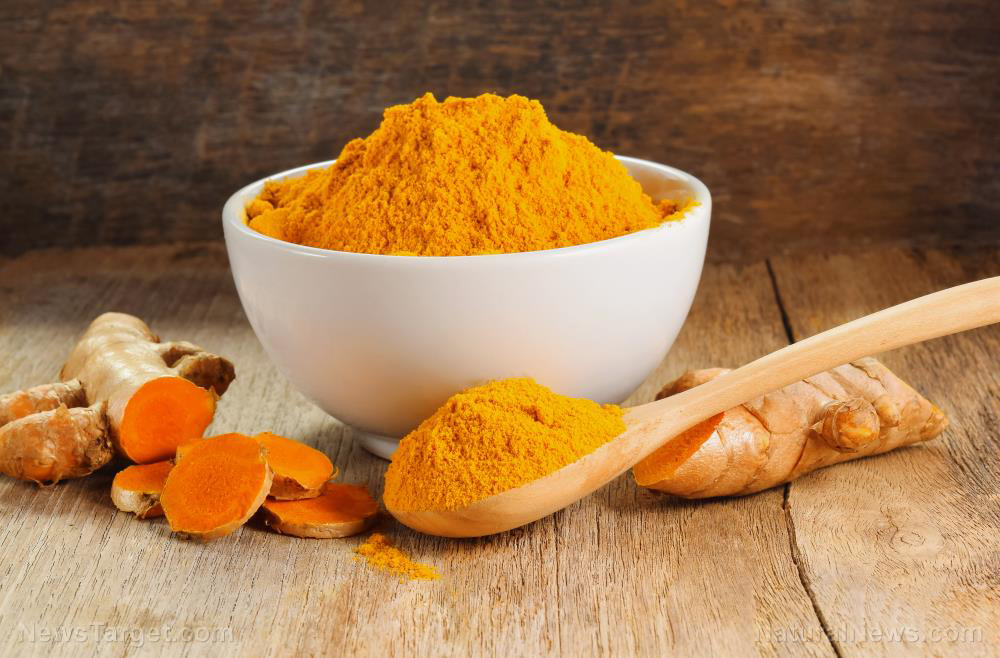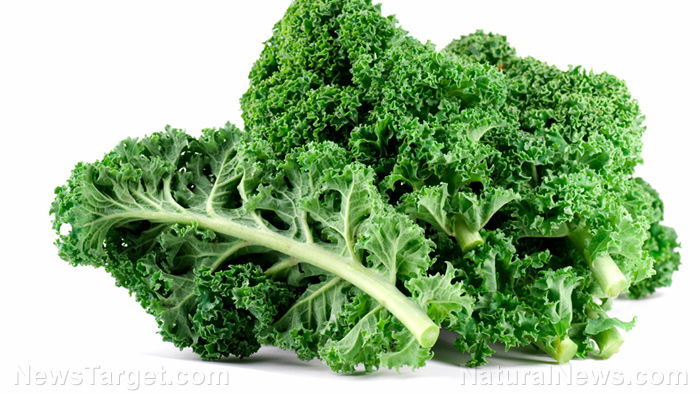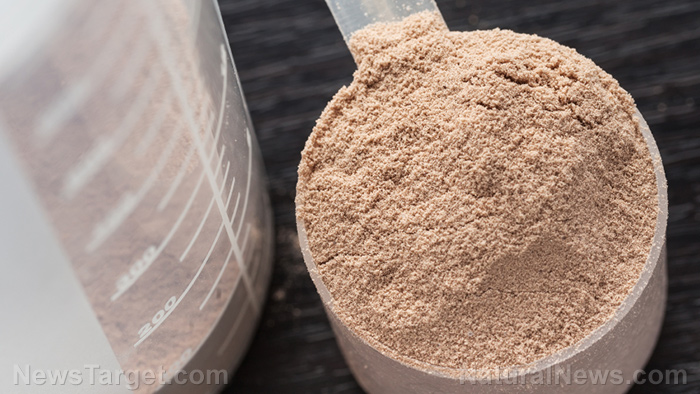Scientists look at the potential of red peppers for creating new bioactive compounds
02/26/2019 / By Ellaine Castillo

Red peppers (Capsicum baccatum) do more than just adding spice to your life. A recent study by researchers from the Federal University of Rio Grande do Sul and the Federal University of Health Sciences of Porto Alegre in Brazil showed that compounds found in red peppers have potent antiadhesive and antibiofilm activities. These are important for the treatment and prevention of some infections, especially those caused by antibiotic-resistant bacteria.
Over the years, drug-resistant bacteria have become a major health concern. These were brought about by the excessive and improper use of antibiotics, which have now become ineffective treatments for a lot of infections. In most cases, antibiotic resistance leads to the formation of biofilms. These are complex communities of microorganisms that adhere to either living or non-living surfaces and are encapsulated by a microbial polymeric matrix. The presence of these biofilms contributes to the development of infectious diseases and makes it harder to remedy these conditions. These highlight the importance of finding natural compounds that can prevent biofilm formation and consequently, infections.
Red peppers are widely used for their nutritional and medicinal benefits. It has been shown to possess potent antioxidant, anti-inflammatory, antifungal, and antibacterial properties. But even before there was scientific evidence of these properties, red peppers have already been used as traditional remedies for wounds, fresh burns, respiratory problems, digestive disorders, earaches, and sores.
In this study, which was published in the journal Industrial Crops and Products, researchers wanted to determine the potential of compounds in red pepper in preventing biofilm formation. To do this, they first collected extracts from red pepper seeds and tested them against Pseudomonas aeruginosa and Staphylococcus epidermidis. These bacterial species were used since they are well-established models for biofilm formation. The team then tested the extracts for in vivo toxicity against greater wax moth (Galleria mellonella) larvae. In addition to these, they also evaluated the phytochemical content of the extracts to determine which compounds are possibly responsible for their properties.
The results of these experiments showed that red pepper extracts prevented P. aeruginosa and S. epidermidis from forming biofilms by 60 and 80 percent, respectively. They also proved themselves to be non-toxic against the larvae. Upon analyzing the phytochemical content of the extracts, the researchers found that they contained amino acids or proteins, polyphenols, saponins, tannins, tri-terpenes. However, they did not have alkaloids, anthraquinones, and coumarins.
Overall, these results suggest that bioactive compounds in red pepper have potential use against biofilm-forming antibiotic-resistant bacteria. This is because of their potent antiadhesive and antibiofilm properties, as well as their non-toxicity. However, further research is still needed to identify the exact compounds that exhibit these properties.
Other benefits of red peppers
Red peppers are known to possess many health benefits. Some of these include the following:
- Supporting eye health — A tablespoon of red pepper delivers nine percent of the daily recommended intake of vitamin A. This nutrient is known for its benefits on eye health, which include preventing night blindness and age-related macular degeneration.
- Reducing blood pressure — Red peppers are rich in potassium and have very low amounts of sodium. The combination of these properties helps relax blood vessels and improve blood flow to improve high blood pressure. (Related: Blood pressure control is essential to minimize stroke risk and avert memory decline.)
- Promoting red blood cell formation — Copper and iron are needed to produce red blood cells. This is why people who are deficient in these nutrients suffer from anemia, fatigue, and muscular weakness. Fortunately, red peppers can deliver beneficial amounts of copper and iron.
- Improving cognitive function — Eating red peppers improve blood flow and hemoglobin production. These result in better cognitive performance since adequate amounts of oxygen and iron can reach the brain. Moreover, these reduce the risk of cognitive disorders, including Alzheimer’s and dementia.
If you’d like to read more news articles on the different uses of red peppers, visit Food.news.
Sources include:
Tagged Under: antiadhesive, antibiofilm, antibiotic-resistant bacteria, Capsicum baccatum, disease prevention, food cures, food is medicine, red pepper




















